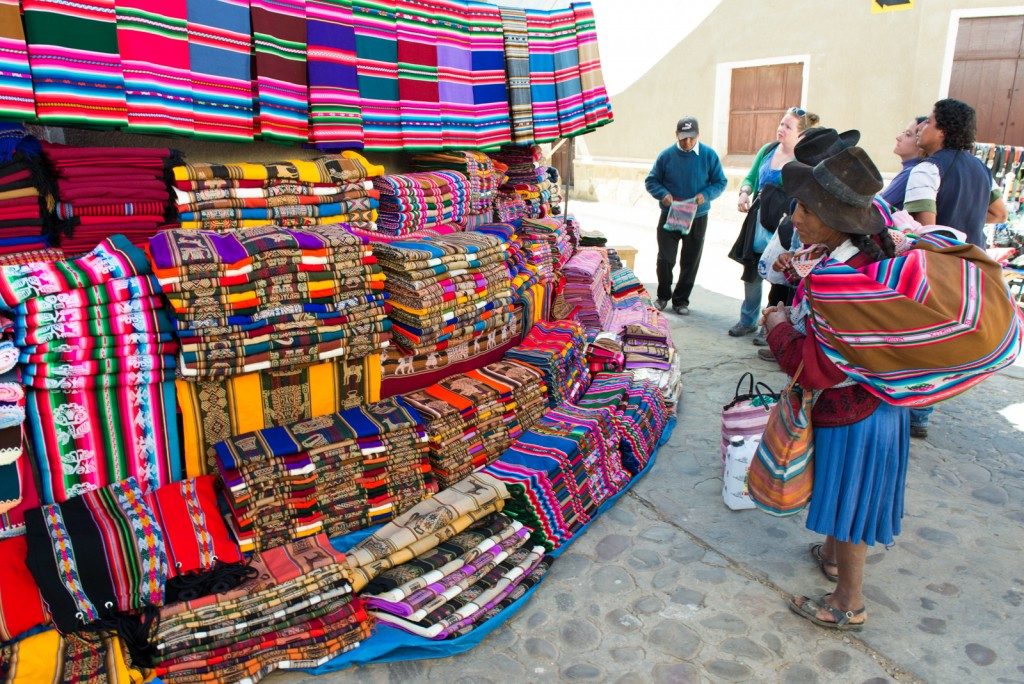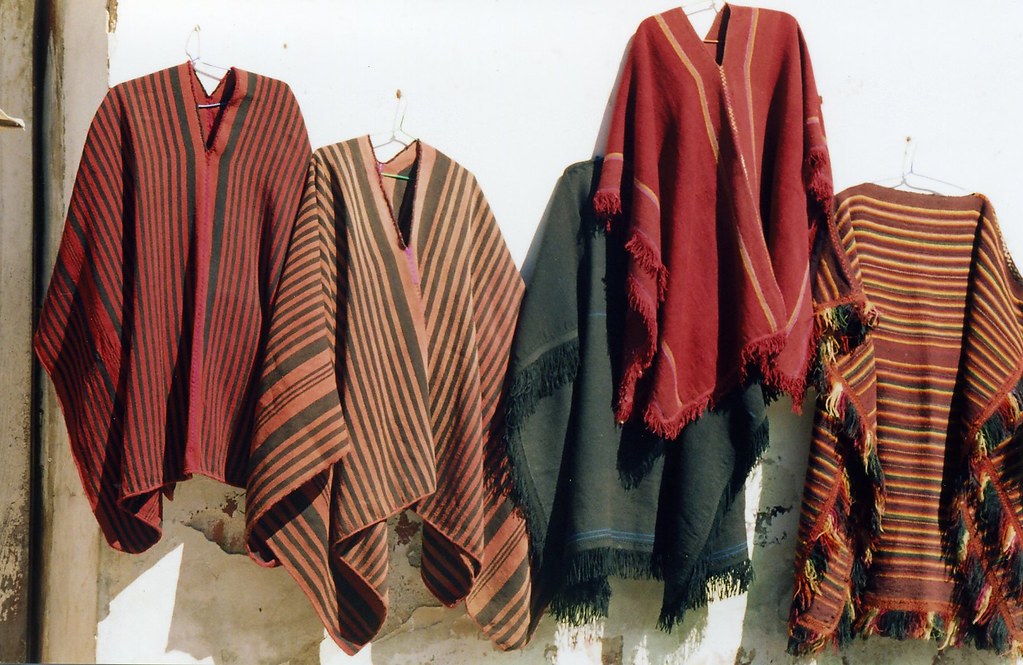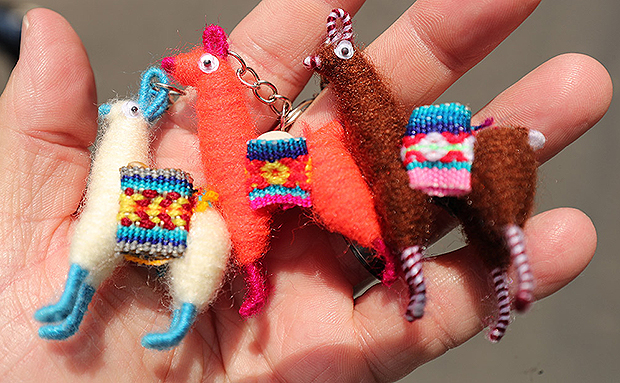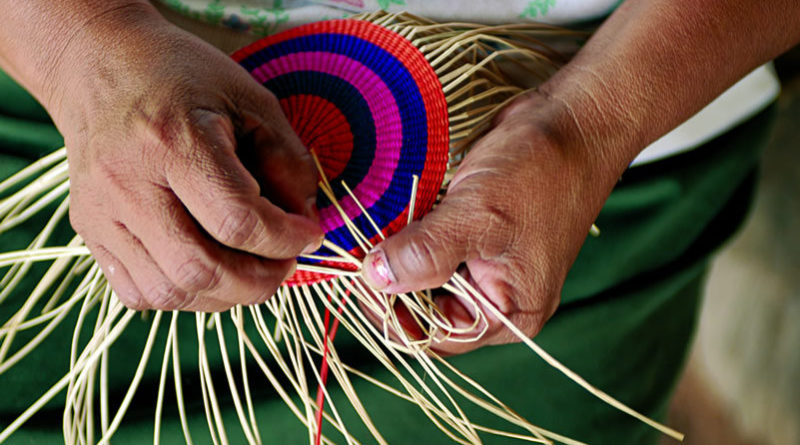Bolivian Handicrafts
Hand crafted items all around the world are a way of expressing culture through items. They are also a way to preserve culture and educate outsiders. They are made using skill and care, and typically include items such as clothing, accessories, ornaments, pieces of art work, and may sometimes include products that have been made using recycled goods. Artisans often take their wares directly to the markets to sell, and buying in such a way ensures that the money goes directly to the craftsperson, enabling them to earn a living, support their families, and buy new materials for their next batches of items.
Some groups operate collectively to sell products at larger outlets. There are also those groups that export items for foreign sale. As long as a fair amount of the profit is filtered down to the craftsperson, this is another great way for local people to earn an income. They can use their skills to do something they enjoy, whilst simultaneously taking care of families.

Prices reflect the time that goes into making an item. Whilst mass produced factory churned out items may be cheaper, with a handmade item you have a truly unique thing. Handicrafts in Bolivia show case a range of exceptional talents. The various cultures in the country are represented through the crafts. Aymara and Quechuan people make up a large proportion of Bolivia’s population. Both cultures are native to Bolivia.
Handicrafts can therefore be found that reflect both of these cultures, as well as smaller indigenous groups. Traditions are often passed down through the generations, with a parent teaching a child how to continue the craft or art. This not only ensures a future income, but also helps to preserve the heritage.
Creating handmade items is a way for many rural people to remain in their homes whilst still making an income. In some areas, for example, it is possible to see a woman weaving whilst watching over her animals. It helps to bring money into rural villages and communities, and is often a major source of local economy within such groups. This is especially important in Bolivia as the vast majority of people live in the central mountain plateaus, with only a small amount of the population living in the cities and urban centres.
An essential consideration is that without an income from handicrafts, many Bolivian people would be forced to farm coco plantations instead – the plant use to produce cocaine. Handmade ponchos are popular. These are also functional clothing items for people in the Altiplano Region, where they rely on the items to keep warm when the temperatures drop. The bombin hat is another important item of clothing in Bolivia that is often sold to tourists. Most are made from felt nowadays, although in some areas they may still be made from rabbit fur.

There are several textile producing communities that are particularly noted for their high quality products and designs. These include Tarabuco, Challa, Calcha, Callarmarca, Charazani, Sica Sica, Bolivar, Llallagua, Macha, and Sacaca. Llama and alpaca wool are common raw materials, spun to create threads that are then woven together. Tarabuco people ply the steep streets of La Paz, carrying baskets of textiles and looking for buyers.
In some areas you can still find products that are dyed using the old ways. Natural dyes may include those made from flowers, leaves, bark, seeds, roots, cochineal beetles, and more. Good wooden carved products can be found in La Paz and Cochabamba. Wooden plaques depict soaring condors, towering mountains, native people, and other cultural symbols and images.
Pottery continues to showcase local symbols and patterns. Some communities still use pre-Hispanic methods of making pottery. Ethnic jewellery is increasingly popular. Items may include stones, feathers, fish bones, leather, gold, silver, pewter, and animal teeth. In the festive period Christmas products are popular. These include hand carved nativity scenes, decorations for a Christmas tree and around the home, toys, and a wide range of gifts.

Other handicrafts to look out for in Bolivia include rag dolls made from wools and fabrics, knitwear, wall hangings, belts, shawls, musical instruments, table runners, finger puppets, and items made from carved gourd. In almost all markets around Bolivia you will find some type of handicraft. Of course, the internet helps everyone around the world to access fine traditional Bolivian handicrafts with ease. It is possible for all to own some lovingly and skilfully created items from this wonderful country without ever having set foot in the country.

